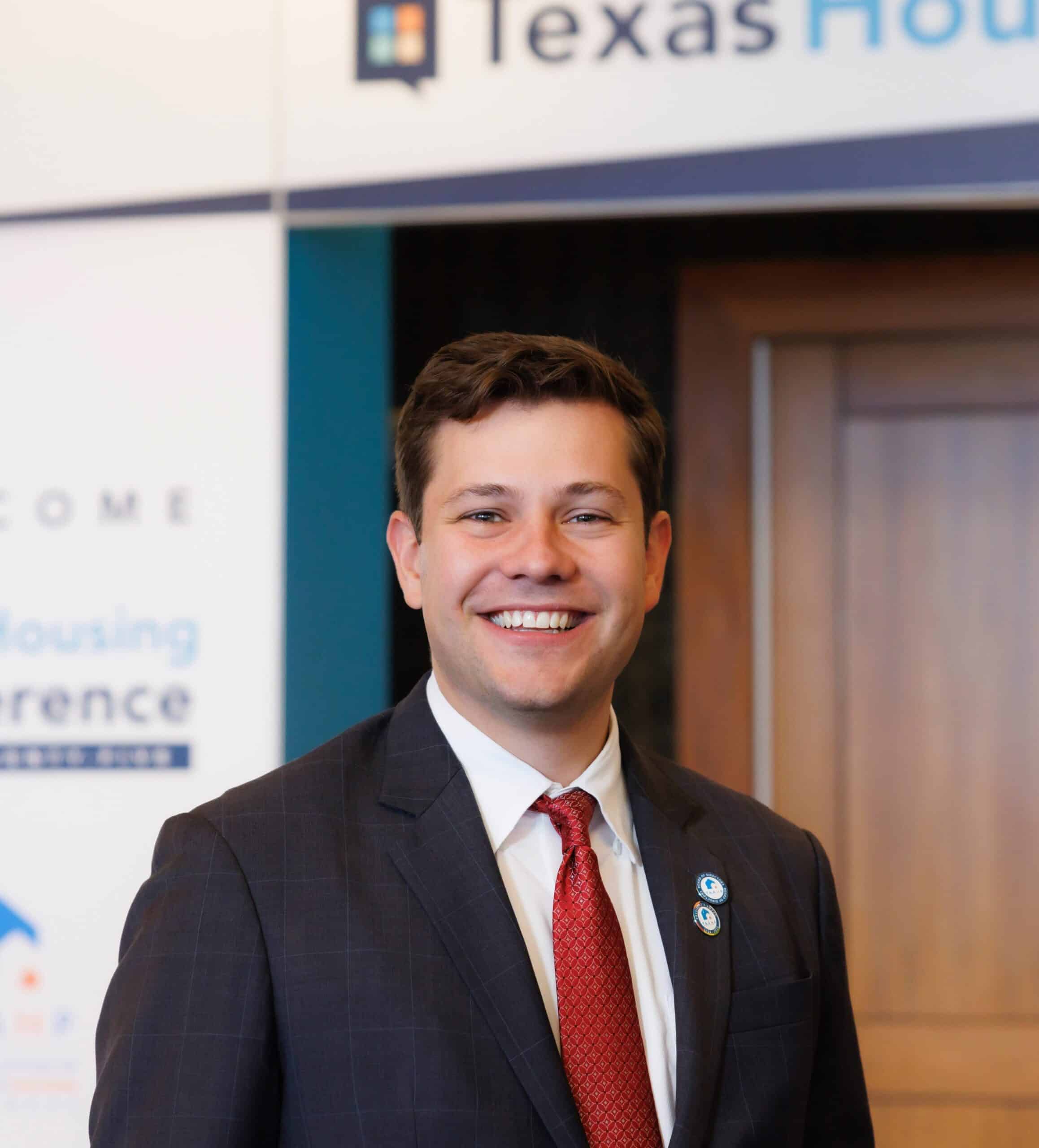A New Day in Texas
Legislative Reforms Offer Hope for Revitalized Development in the Lone Star State

By Michael Murney
6 min read

While today’s housing affordability crisis has added strain to millions of households across the country, conditions are particularly acute in Texas. Years of anti-affordable housing sentiment — whether at a local cultural level or through statewide policy — have resulted in the Lone Star State’s housing shortage ranking sixth-worst in the nation, with a gap of 71 units per 1,000 households, according to the McKinsey Institute.
The shortage is placing an inordinate strain on lower-income Texans, with nearly 60 percent of households earning less than $33,000 annually classified as “severely cost-burdened” in 2023 — the fifth highest rate nationwide.

The tide may now be shifting. During the 89th Texas Legislature, which convened in January in Austin, lawmakers focused significant resources and efforts on reshaping affordable housing policy. “There was really a huge focus on housing affordability, which definitely led to some really positive pieces of legislation that are going to benefit the affordable housing industry specifically,” says Nick Walsh, vice president of development at The NRP Group.
This focus resulted on two key bills that could stimulate robust affordable housing growth for years to come. “The new legislation has changed the entire calculus for how I approach potential partnerships,” Walsh says. “It’s unlocked so many opportunities that just weren’t previously available.”
Marquee legislation reigns in NIMBYism
The most notable bill is Senate Bill 840. Signed into law in June and effective on September 1, S.B. 840 streamlines the development of non-residential commercial buildings into mixed-use and multifamily projects. The law overrides certain local zoning codes to prevent jurisdictions from blocking the development of multifamily housing projects on commercially zoned property, instead allowing that type of development “by right.” S.B. 840 only applies to cities with a population of 150,000 or more, which are located in a county of 300,000 or more.
Now, “if you could build an office building on a piece of property, the city can’t tell you you can’t build homes for families,” Walsh says. “This law basically takes that power away from the cities.”

The law aims to curb the power of Texas’s especially potent strain of Not-In-My-Backyard-ism (NIMBYism) that developers and experts say has impeded housing growth for decades. “Misunderstandings about how closely the Texas agencies monitor these affordable housing programs, and the unfounded fears or sound bites taken out of context is what continues to fuel NIMBYism across the state,” says Ellie Fanning, executive director at Brompton CHDO, a non-profit Texas Inter-Faith Group Alliance member.
Walsh concurs, and says that as soon as there’s “any conception that the project is for working families or frontline workers or low income families, there’s this unwillingness to allow these types of projects to move forward.” This attitude often translates into substantive regulatory impacts and effective suppression of affordable housing development, particularly at the municipal level. “What happens at local zoning and city council meetings, its unbelievable.”
NIMBYism impedes multifamily housing projects to such an extent that the Texas Department of Housing and Community Affairs identifies it as the number one impediment to fair housing access statewide.
Now, S.B. 840 deals a serious blow to the power held by NIMBY groups in some of the states largest municipalities. “These decisions locally are emotional in nature. You might see a couple homeowners show up to a meeting, who happen to live nearby or down the street. And that’s enough to sway these bodies. This law basically removes all of that from the equation,” says Walsh.
Still, Fanning stresses that it is not simply enough to convince communities to accept affordable housing projects based on population growth and need. Advocates must continue to break down barriers and show the positive impact and added value affordable developments bring to the entire neighborhood. “To foster a thriving affordable housing ecosystem in Texas we must dedicate more time educating nay-sayers to the contrary, and dismantling long-standing stereotypes if we are to ever overcome the shortage needed in Texas and across the country,” she says.
Reform of the ‘Tyrant’s Veto’
Another bill from this year’s legislative wave of housing reforms reduces the ability of landowners to block new developments at the local government level using a protest mechanism colloquially known as the “tyrant’s veto.”
Legally known as the “valid petition” law, the process is derived from a section of the Texas Local Government Code that empowers property owners to protest any changes in zoning regulations or zoning district boundaries. First, the code requires that any owners of nearby land be notified of rezoning efforts. Then, if owners of at least 20 percent of the land on or within 200 feet of the proposed rezone protest, the rezone is blocked unless a 75 percent supermajority of the municipality’s governing body overrules the protest.
Though according to the Mercatus center 19 other states have rezoning petition laws on the books, Texas’s valid petition process was one of the most onerous in the country. Texas’s version effectively allowed a small minority of nearby property owners to block zoning reforms aimed at addressing housing affordability. Additionally, the process excluded renters, allowing only landowners to have a say in rezoning efforts.

“75 percent is just a crazy high threshold,” says Walsh. “[The tyrant’s veto] has been successfully used to kill a lot of housing and a lot of affordable housing specifically over the years.”
For example, the Austin City Council in 2019 attempted to pass sweeping zoning reforms designed to combat the city’s increasing affordable housing crisis. A group of 19 property owners lodged a protest and successfully forced the council to vote the proposed regulations with a supermajority vote. A Texas appeals court ruled in favor of the 19 person protest group in 2022 following a multi-year court battle, ultimately delaying the reforms’ passage for another five years.
Texas House Bill 24, which was also signed into law in June and went into effect on September 1, amends the Texas Government Code to significantly curb the protest power of local landowners. Specifically, the bill raises the threshold for initiating a protest from 20 percent to 60 percent of surrounding landowner participation, effectively eliminating the ability of a small minority of local landowners to undermine zoning reforms.
Both Fanning and Walsh say H.B. 24 takes a key step towards reducing Texas’s affordable housing shortage for working families.
“I am 100 percent in favor of this policy and advocacy,” says Fanning. “We all have a duty to support those around us who contribute to our growing economy, daily routines and community successes. Teachers, firefighters, retailers, veterans, everyday hardworking people and retirees deserve more affordable options of where they can call home.”
Collectively, the reforms passed during the 2025 Texas Legislature mark a potential new chapter for development in Texas.
“I think they will have a huge ripple effect on the macro level,” says Walsh. “More projects will happen and less will be killed in the zoning process, which is what keeps us from building in certain cities or sometimes even considering building in certain areas.”
